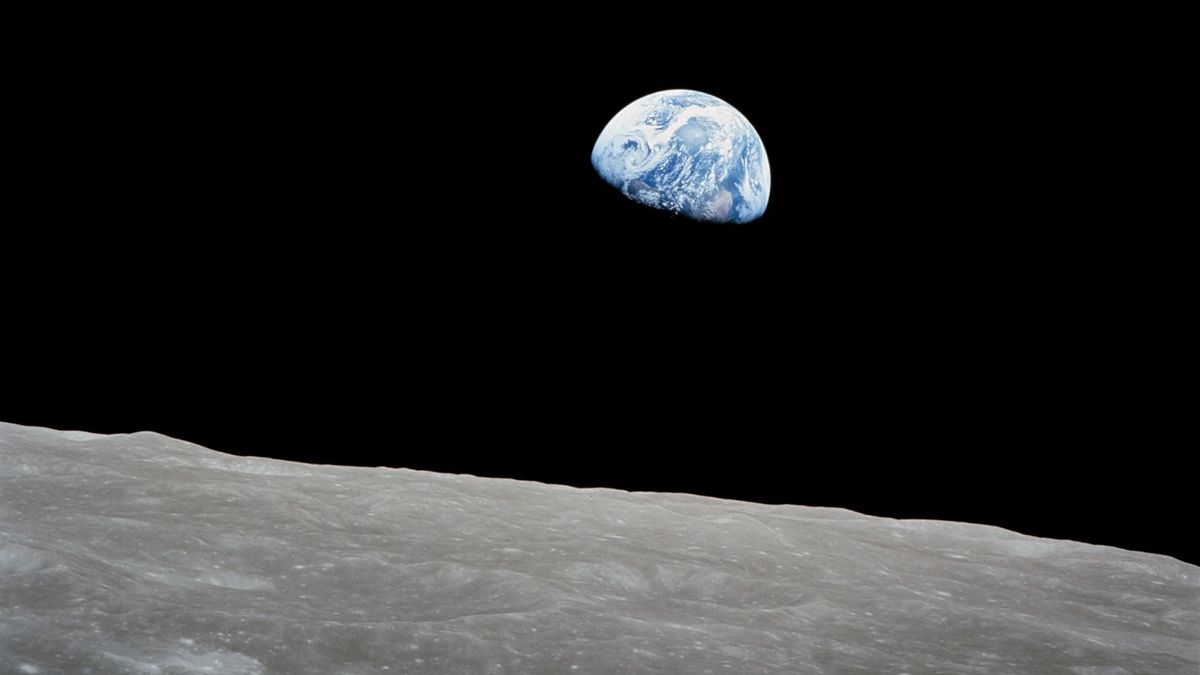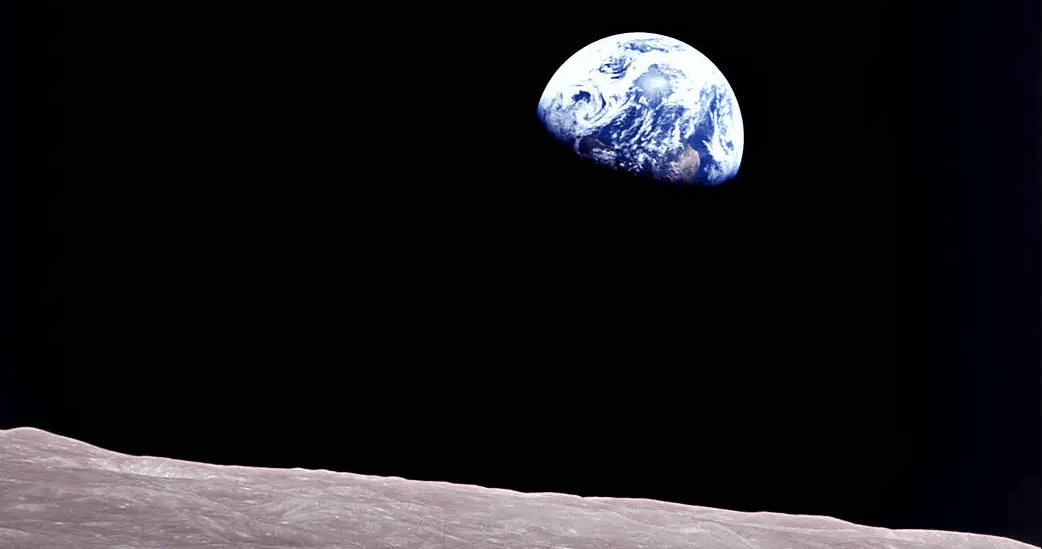
On the fateful Christmas Eve of 1968, as the Apollo 8 crew orbited around the moon, they captured an image that would change the world. This iconic photograph, known as 'Earthrise,' was taken by astronaut Bill Anders using a Hasselblad still camera with a telephoto lens. The image showed Earth rising above the lunar horizon, contrasting its vibrant colors against the gray backdrop of the moon.
The impact of this photograph was profound. It sparked strong emotions and drew attention to the fragility of Earth, inspiring many to take action in preserving it. In fact, it is credited as a driving force behind the environmental movement.
Earthrise was captured on December 24, 1968, when Frank Borman, Jim Lovell, and Bill Anders became the first humans to leave Earth's orbit and travel around another celestial body. The image showed Earth around 5 degrees above the lunar horizon with Antarctica to the upper left and North and South America mostly under clouds.
The photograph has been described as 'the most influential environmental photograph ever taken' by nature photographer Galen Rowell. It inspired millions of people, leading to 20 million Americans participating in demonstrations protesting environmental degradation. This, in turn, resulted in the creation of the Environmental Protection Agency and several landmark environmental laws.
Despite its significance, Anders' contribution was not limited to this iconic image. He went on to become a museum co-founder, U.S. ambassador, and more.
The Apollo 8 mission marked a turning point in human history and opened up new possibilities for space exploration. The 'Earthrise' photograph serves as a reminder of our responsibility to protect the planet amidst global challenges like climate change and pandemics.

